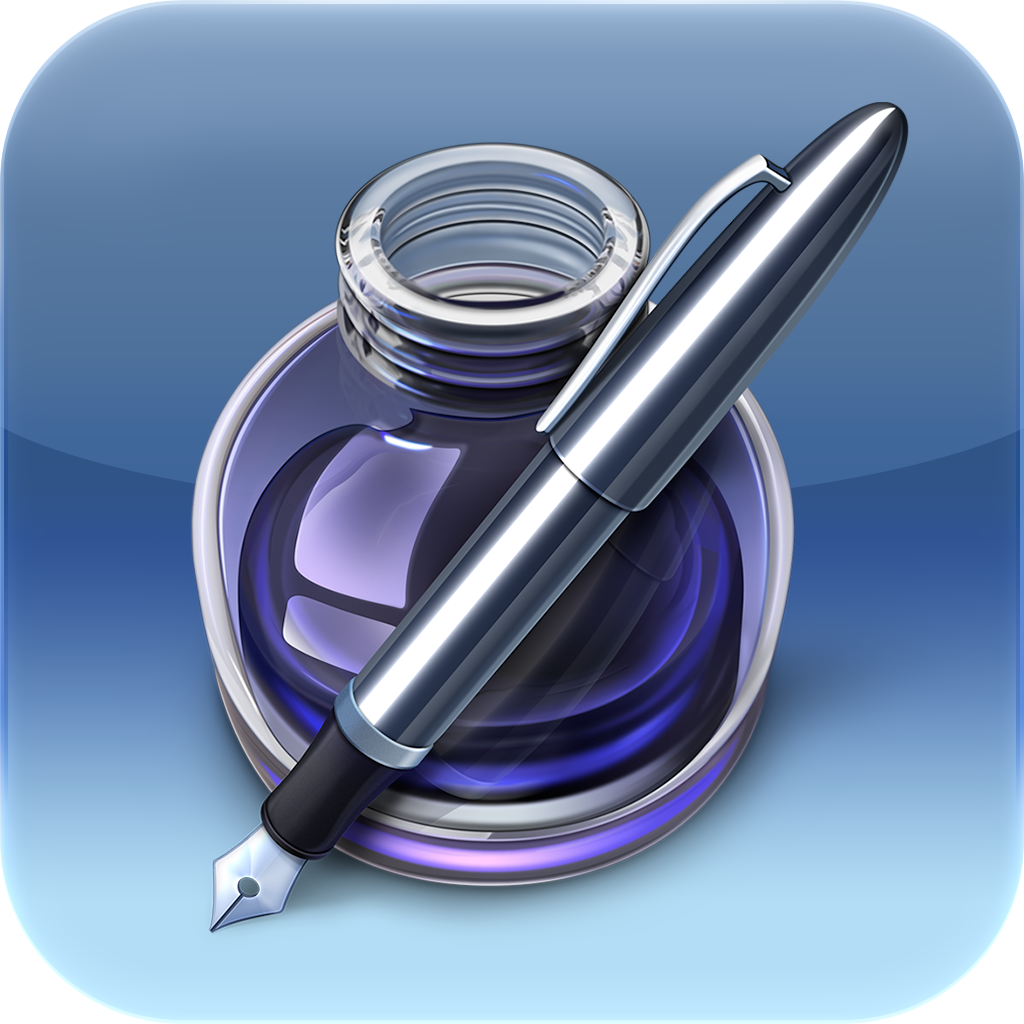
UX Write Is A Powerful Word Processor For Your iPad, But Is It Better Than Pages?

UX Write ($14.99) by UX Productivity Pty Ltd brings powerful word processing features to your iPad and iPhone.
While I am a plain text person myself (mostly thanks to Markdown syntax), some people may prefer to use word processor apps instead. Of course, there is always Apple's own Pages app, but we have a new kid on the block: UX Write. So how does it compare? Let's find out.
Users are able to view, create, and edit documents with UX Write in three locations: Local (stored in UX Write only), Dropbox, and WebDAV. Once Dropbox or a WebDAV server is set up, your files will be ready-to-go, and sync is seamless. With UX Write, users are able to create nested folders, which seems to be a necessity for some. When you create a new document, the app only saves in HTML format. I am actually a bit surprised that the app does not save in .rtf or .doc, as you would probably expect from a word processor. I would like to see more file types supported in the future.
Given that, users should be able to edit any HTML documents they already have in their Dropbox or WebDAV server. Since most of my Dropbox documents are in .txt format, they are viewable in UX Write, but cannot be edited. Of course, this makes sense, since a .txt file will have to be converted if you try and open it up in Word too. However, I am a bit surprised that UX Write cannot even edit existing .rtf or .doc files — they can only be viewed. The only document types that you are able to edit are .html files. This is a huge limitation, and I hope that the developer changes this in a future update.

There are some incredibly useful features in UX Write once you get into the editing screen. The top menu bar will feature Formatting, Insert, Outline, Settings, and Share.
Formatting will reveal the basic format options to users, such as Bold, Italicize, Underline, indentations, lists, and paragraph styles. If you go into the Direct Formatting view, more options can be found for true customization with your document, including font, text size, color, background color, alignment, first line indent, line height, and margins and borders. No matter what you may need, you’ll probably find it in UX Write.
The Insert option will allow you to insert whatever you need into a document: Figure (read: image), Table, Reference, Web Link, Table of Contents, List of Figures, and List of Tables. The Figure can be an image from your Photo Library or you can even insert an image from your Dropbox or WebDAV server. Unfortunately, there currently does not seem to be a way to insert shapes, graphs, or charts into your document, so if you need that functionality, you should stick with Pages.
One of the best things about UX Write, in my opinion, is the Outline feature. Here, you will be able to see all of your sections (headers), figures, tables, and whatever else you inserted in the document. You can delete or rearrange these by tapping the Edit button — it’s incredibly easy, and I’m actually surprised that this functionality isn’t in Pages. Another boon of the Outline: you can quickly jump to a section by tapping on it, which will save you a lot of time in longer documents.
Settings will give you access to several options, such as editing the styles and page layout. You can even change the application settings, which contain default text size and auto correct.
If you’re using the app on the iPad, you’ll have a lovely extended keyboard that will include bonus keys for punctuation and formatting. The bracket and double quote keys are also “smart,” meaning that they will toggle between open and closed, depending on where the cursor is. Another bonus of the extended keyboard on the iPad are the swipe gestures for cursor movement and text selection. You can use the included arrow keys to move the cursor around one character at a time, or speed up the process by performing a two-finger swipe.
Auto correct is enabled by default, but instead of showing something like a red squiggly line for misspelled words, the app will automatically correct it for you and highlight it in green so you can take note. If you tap on it or use the button on the extended iPad keyboard, a popover menu will appear. It will provide options for Accepting or Reverting the change, and then you have the More section, which will have choices of adding to the dictionary or viewing multiple suggestions.

While I see some benefits of this implementation, I still found it rather annoying since I spent more time going back to correct revert the spelling than I did typing. Having it automatically “correct” things is more of a hindrance for me than help, but fortunately, I am able to turn it off in the Settings. Personally, I would have preferred to have a native iOS implementation, where it would show the correct spelling in a small popover, and I can just tap on the “x” to get rid of it and add it to the dictionary.
When your document is finalized, you can print via AirPrint, email the file, open it in another third party app, or even export it as a PDF file.
Overall, UX Write is a decent solution if you are looking for a word processor on the iPad. It has some nice features (e.g., Outline) that will definitely help out those who are working on longer length pieces. However, it’s hard to recommend it over Pages, since UX Write costs $5 more and only lets you create and edit .html files, and you can’t add stuff such as shapes, graphs, and charts.
While I may not be able to fully recommend it at the current price of $14.99, it’s definitely worth keeping an eye out on for future updates, and maybe even a price drop.
On a somewhat related note, I wish the app was named something else …







